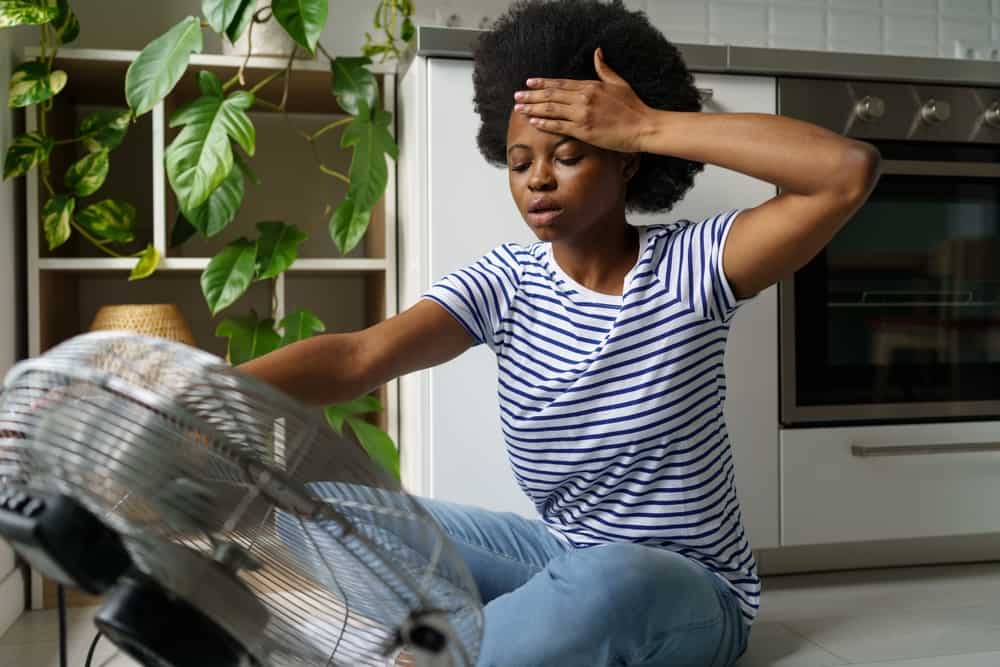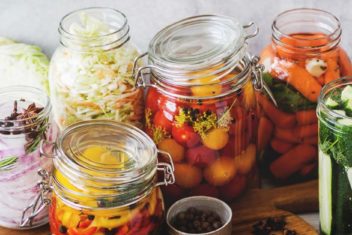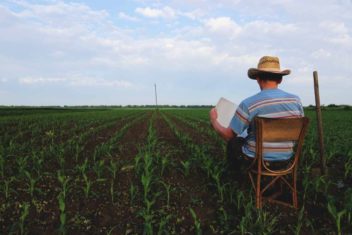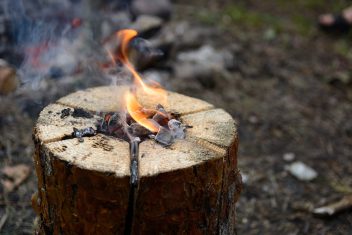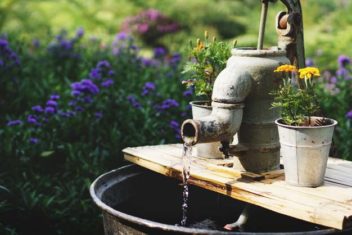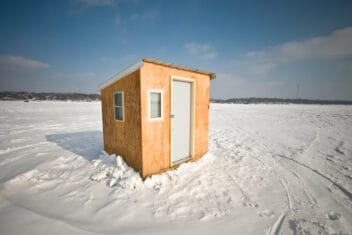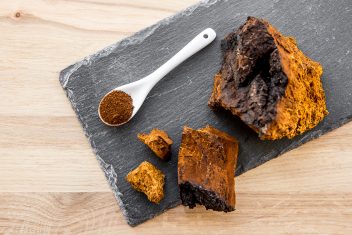Any homesteader, farmer, or avid gardener who has deal with a sudden heatwave knows about the havoc they can wreak. Animals (and humans) can keel over from heat exhaustion, crops can fail, and equipment can either melt or catch on fire.
If you aren’t already prepared for a potential heatwave, don’t worry. We’ve got some key tips that can help you
Prepare in Advance and Act Diligently
“Be Prepared” isn’t just a Boy Scout motto: it’s a vital tip for surviving just about anything. As such, most (if not all) homesteaders, farmers, and gardeners keep a close eye on the weather.
They know that an unexpected weather event can undo months or even years of hard work, and cause absolutely devastating losses.
By taking some precautionary measures now, such as stocking supplies and getting protocols in place, you’ll be prepared to deal with anything a heatwave may throw at you. Remember that heat rises, so staying low to the ground is your friend. Drink plenty of water, try not to move around more than you need to, and you’ll do just fine.
Here’s what to do to stay prepared:
1. Watch the Forecast
The most important thing you can do to prepare for a heatwave is to keep your eye on the forecast.
Check apps or websites morning and night, and have alerts set up—especially if you live in areas prone to tornadoes, floods, wildfires, or hurricanes. These alerts can mean the difference between life and death on your homestead.
2. Keep in Touch

Be sure to keep in regular contact with your neighbors. Community is essential during a heatwave, especially for vulnerable people such as the elderly and disabled. During times of crisis, we need to take care of one another more than ever.
3. Create Shade
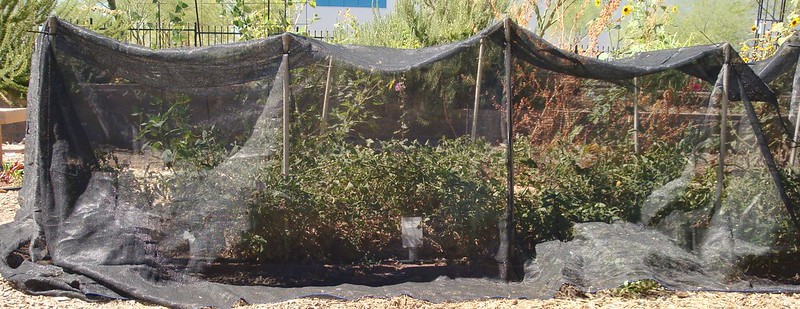
Have the means to create shade and coolness for vulnerable plants and animals in case it’s needed. For example, keep shade cloth in bolts that can be unrolled quickly and easily to protect seedlings and heat-sensitive plants.
Keep curtains closed indoors during a heatwave to block out direct sunlight, and have umbrellas or other shade options available outdoors.
4. Set Up Cooling Areas
Additionally, keep a store of ice in chest freezers close to where your animals are kept so you can create cooling areas for them as needed. Mix the ice with sand or sawdust so they can lie down on it to bring down their body temperature.
If you can, buy a large box of chemical instant cold packs, and distribute these throughout your home and outbuildings. These can make the difference between life and death for overheated animals during a heatwave, and can also make human experiences a lot more tolerable.
You can also take a cool (not cold) bath or wet down animals with cool water.
If nothing else, many communities will have cooling centers for people to find some relief in during the heat.
5. Make Sure Everyone has Plenty of Water
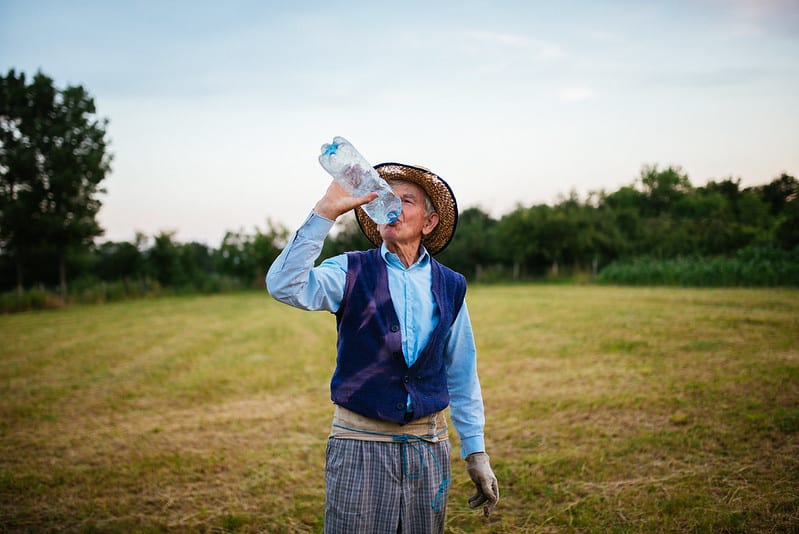
Heatwaves are often accompanied by drought. Do you have a reliable water source that you can draw from to provide for your family, livestock, and food plants? If not, sort that out well ahead of time.
For example, if you live in an area that gets a lot of snow or rain, consider a catchment system using cisterns or similar water tanks. This way, if and when a heatwave and/or drought hits in July or August, you have thousands of gallons of stored water to draw from.
Alternatively, if there’s a lake, river, or underground reservoir that you can draw from, set up a backup irrigation system. On the off chance that your standard watering system fails, you’ll be able to keep everyone and everything hydrated as needed.
In addition to this irrigation source, ensure you have plenty of potable water and other fluids in storage for human and pet consumption.
Those large, five-gallon jugs with pumps are ideal, as are canned, bottled, or Tetra-packed juices, coconut water, and electrolyte solutions such as Gatorade.
If your water source is fueled by an electric pump—such as an artesian well—have a hand pump or alternate energy source so you’re not left high and dry.
When the heatwave does hit, make sure to drink fluids constantly. Water is the best for hydration, but juices, broths, smoothies, and herbal teas are also excellent.
Popsicles are great options for helping kids, and elderly adults stay hydrated. They’re fun, refreshing, and generally accepted with enthusiasm.
6. Have Everyone Eat Small Amounts More Frequently
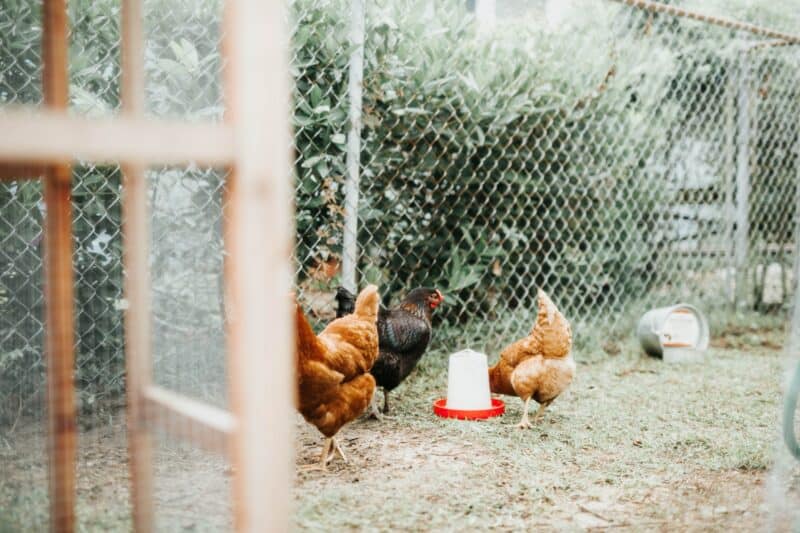
During a heatwave, many feel nauseated and lose their appetite. This goes for humans and animals alike, and is usually due to dehydration and electrolyte imbalances, but can also be that the body simply doesn’t want to feel too full when it’s sickly hot outside.
In addition to staying hydrated (as mentioned above), a great way to counteract this feeling is to eat small amounts, more often.
Aim for small, high-protein meals that are also full of healthy fats. For example, chicken, tuna, or tofu salad mixed with avocado with some nuts thrown in is a great option. So are chilled soups like gazpacho, or simple lettuce or pita wraps full of vegetables.
Nuts, fruit, and jerky are great snack options, whereas heavier fried foods like donuts will make you feel hotter and more sluggish.
For animals, ensure that there’s plenty of food available for them to pick at when they feel hungry. The food types will depend on species, of course, so offer options that are palatable as well as hydrating and nutritious.
Some animals enjoy licking at treats frozen into ice blocks, while others like to bob for snacks in water.
7. Establish Reliable Power Sources
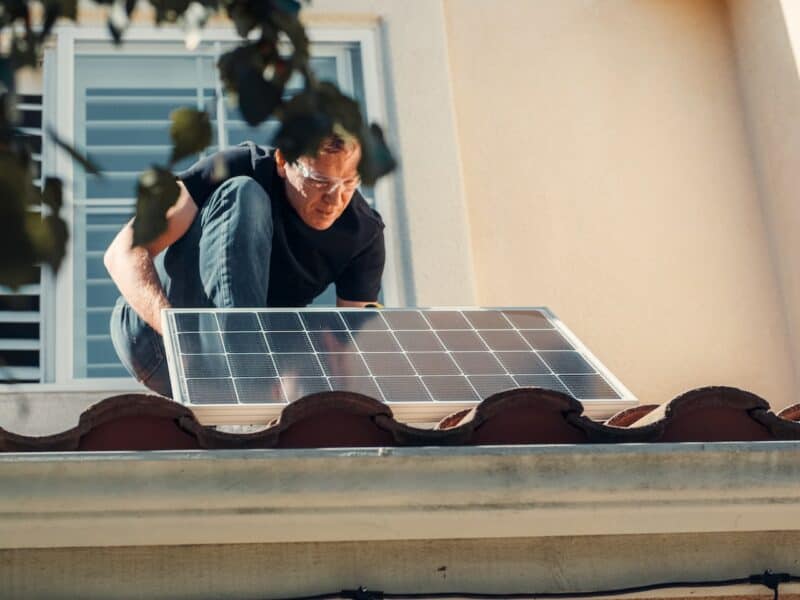
Have an alternate power source available to draw from. This may involve having a generator and fuel stored in a safe space, or solar energy batteries that you keep charged for just such a situation.
Additionally, consider getting portable solar chargers for devices such as cell phones and tablets. Heatwaves can often cause power outages—either because of inclement weather, or planned outages in order to lessen wildfire risk.
Having an alternative method of charging your devices means that you can keep in touch with family and neighbors, and get vital weather updates as needed.
8. Take Note of Risky Areas
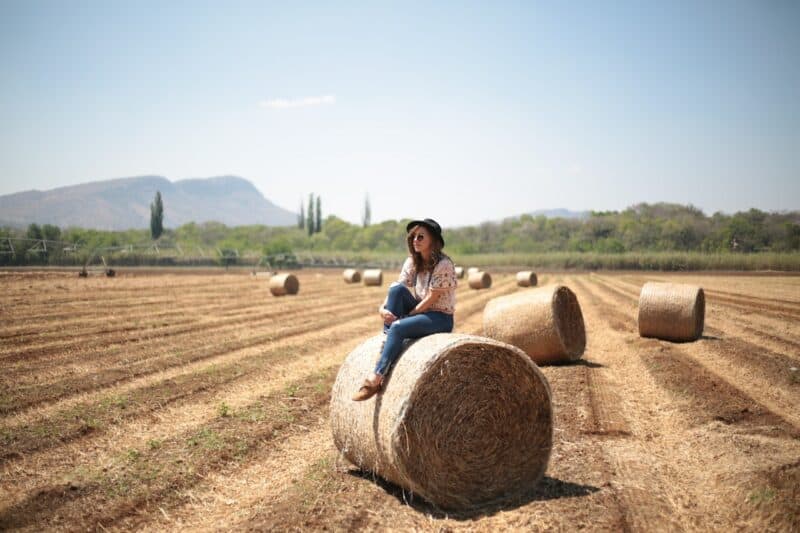
This will require you to use a discerning eye around your property to determine where there are potential risks.
For example, do you have large hay bales around? If so, those can potentially combust in hot, humid weather. As such, a sudden heatwave can induce a fire that may spread to other parts of the property.
Should you need to keep these in storage to feed livestock, store them well away from any buildings. If possible, store them in an area with no organic material for 50 to 100 feet in all directions, such as a paved, gravel, or sandy area dedicated to fodder storage.
If you have animals, keep smart thermometers in their pens, coops, and paddocks. Should the temperature in there rise above safe, healthy levels, you’ll know that action needs to be taken quickly to keep them safe and healthy.
9. Be Healthy
During a heatwave, avoid alcohol or drugs unless they’re medically necessary. I know a cold beer sounds nice on a hot day, but alcohol is dehydrating and can restrict the body’s ability to deal with heat.
Take your medications on time, and don’t skip any. Speaking of, be sure you have enough medication on hand to last through an extended heatwave just in case businesses close.
Get as much sleep as you can and support your body’s ability to deal with heat.
Have Emergency Heatwave Protocols in Place
This goes for animal and plant care, but should also apply to your various family members.
10. Prepare for Possible Evacuation
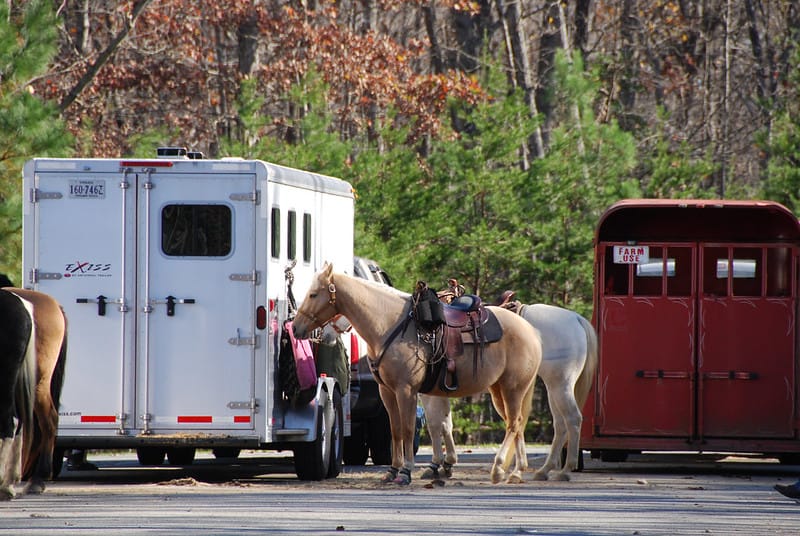
If the heat wave gets too severe, do you have protocols in place to get your family and your animals to safety? Are there established emergency safety zones and/or cooling stations that you can escape to? What are their protocols for tending to animals in need?
Do you have the vehicles and equipment to safely evacuate your livestock during a heatwave? This may include trailers, vans, crates, housing, travel feeders, and waterers.
If you don’t have these things yourself, are there organizations nearby that can help with evac? And if they are evacuated, where will they be taken, and whom should you contact for updates about their wellbeing?
Have laminated lists with all this information in every room in the house, as well as phone numbers for doctors, veterinarians, family members, trusted friends, clergy, etc.
Keep “bug-out bags” packed and ready for every living being that you may need to evacuate. For animals, these should contain food and water for at least 72 hours, plus any medication that may be needed.
11. Sort Out Backup Care for Animals and Dependent Family Members
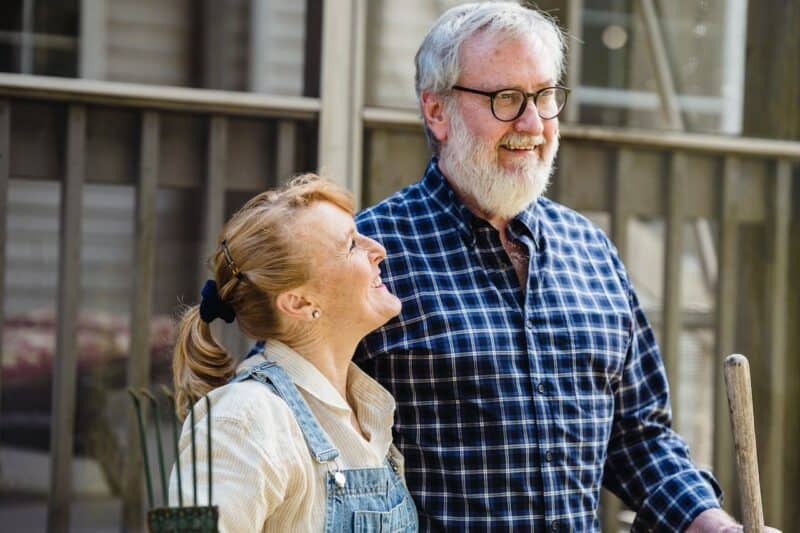
Additionally, ensure that you have plans in place in case you’re incapacitated or unable to tend to your animals. This may involve an arrangement with a friend, neighbor, or family member or a service that you have on call in case of emergency.
Consider also having emergency protocols to care for children, the elderly, and those with special needs. If something happens to you, these folks may not be able to ensure that they stay cool and hydrated on their own.
12. Know the Signs of Heat-Related Illness
Heat-related illness like heat stroke can come on quickly. Know the signs and be ready to take action or to head to the nearest emergency center for help.
A high temperature, red, hot skin without accompanying sweat, dizziness, and a rapid pulse are all warning signs.
If you bring a person into a cooler area and their symptoms don’t improve, get them medical attention immediately.
13. See to Your Own Needs

Last on this list, but certainly not least, is seeing to your own needs during a heatwave.
This goes along the same line as emergency protocols on airplanes: you can’t help others if you don’t put on your oxygen mask first.
Ensure you keep yourself well hydrated and wear breathable, lightweight clothing. Cotton and linen are your friends here —avoid synthetics that’ll raise your core temperature and make you sweat. Drink water even if you don’t feel thirsty, and consider electrolyte drinks as well (preferably in flavors that won’t make you gag).
Keep some of those aforementioned instant cold packs handy, and apply them to pulse points such as your wrists, ankles, neck, and forehead as needed. These can help to bring down dangerously high body temperatures to prevent heat exhaustion or heatstroke.
